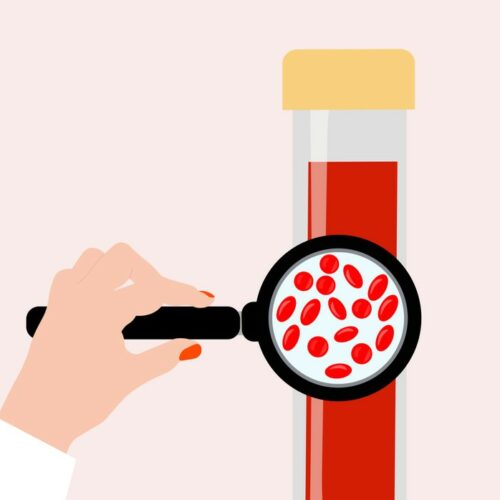
Healthy or ‘normal’ eating patterns can become disrupted through weight-loss attempts and being stuck on the diet cycle. Registered nutritionist Nicola Jackson looks at what constitutes ‘normal eating’.
Q I feel like food is always on my mind and I’ve been on and off diets trying to lose weight most of my adult life. I’m sick of it and just want to eat like a normal person, but I don’t know where to begin.
A In a diet and weight loss-obsessed world, it’s not surprising that many people struggle to have a healthy relationship with food. Some food behaviours that are seen as normal can actually be classified as disordered eating behaviours, yet we just don’t see it because they’re so common. Disordered eating behaviours can include regularly skipping meals, binge eating and chronic restrained eating. ‘Normal eating’ isn’t black and white, but it’s a way of eating that can help you have a nourishing diet without being preoccupied with food and weight loss.
So what does normal eating look like? I like this definition from dietitian Ellyn Satter:
“Normal eating is going to the table hungry and eating until you are satisfied.
It is being able to choose food you enjoy and eat it and truly get enough of it – not just stop eating because you think you should.
Normal eating is being able to give some thought to your food selection so you get nutritious food, but not being so wary and restrictive that you miss out on enjoyable food.
Normal eating is giving yourself permission to eat sometimes because you are happy, sad or bored, or just because it feels good.
Normal eating is mostly three meals a day, or four or five, or it can be choosing to munch along the way.
It is leaving some cookies on the plate because you know you can have some again tomorrow, or it is eating more now because they taste so wonderful.
Normal eating is overeating at times, feeling stuffed and uncomfortable. And it can be undereating at times and wishing you had more.
Normal eating is trusting your body to make up for your mistakes in eating. Normal eating takes up some of your time and attention, but keeps its place as only one important area of your life.
In short, normal eating is flexible. It varies in response to your hunger, your schedule, your proximity to food and your feelings.”
Copyright © 2018 by Ellyn Satter. Published at www.EllynSatterInstitute.org.
I often see people who believe that following rules and restrictions will help them ‘control’ their eating, but those patterns only serve to continue the cycle of disordered eating patterns. As an intuitive eating nutritionist, helping people become balanced, ‘normal’ eaters is something I’m passionate about.
So, how can you get into a more ‘normal’ pattern of eating?
- Learn to listen to your body’s hunger and fullness cues and eat as much as you need to feel satisfied
- Eat mindfully
- Engage in self-care behaviours
- Get into a pattern of regular meals
- Eat foods you enjoy
- Avoid deprivation
- Trust your body to settle at its most natural weight, rather than trying to diet your way to a smaller body.
While this sounds good on paper, sometimes practically putting these points into action requires some support, especially if you’ve been dieting for a long time. If you are struggling, working with a nutritionist or dietitian who specialises in intuitive eating can help. Finding a balanced place with food can be truly liberating and it frees up mental energy for the more important things in life.
www.healthyfood.com










